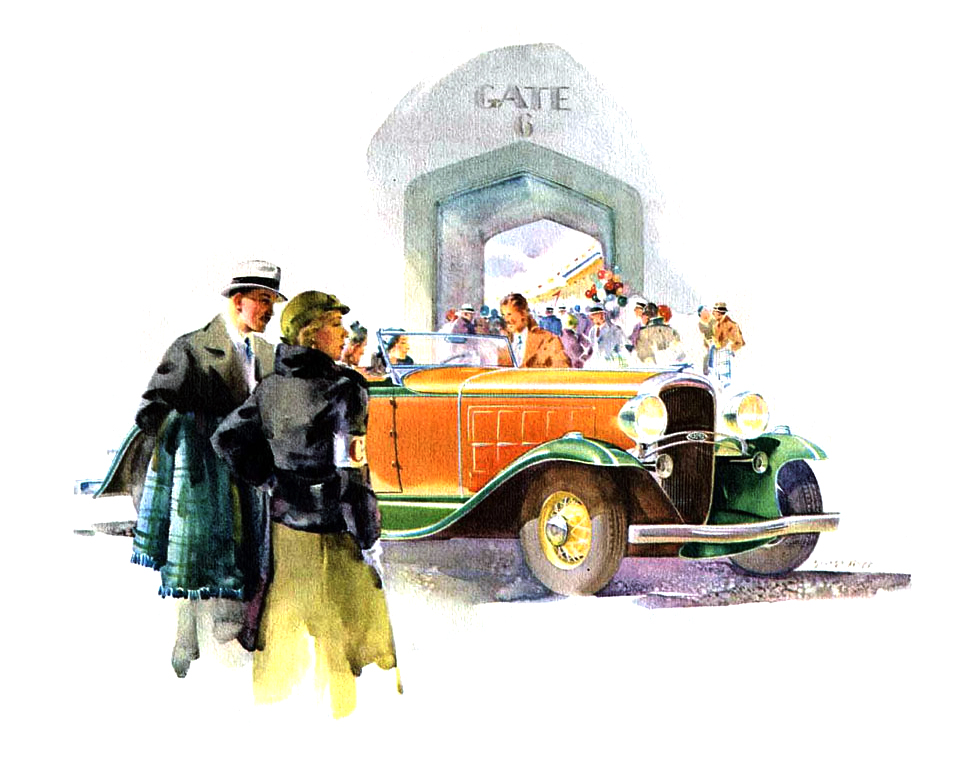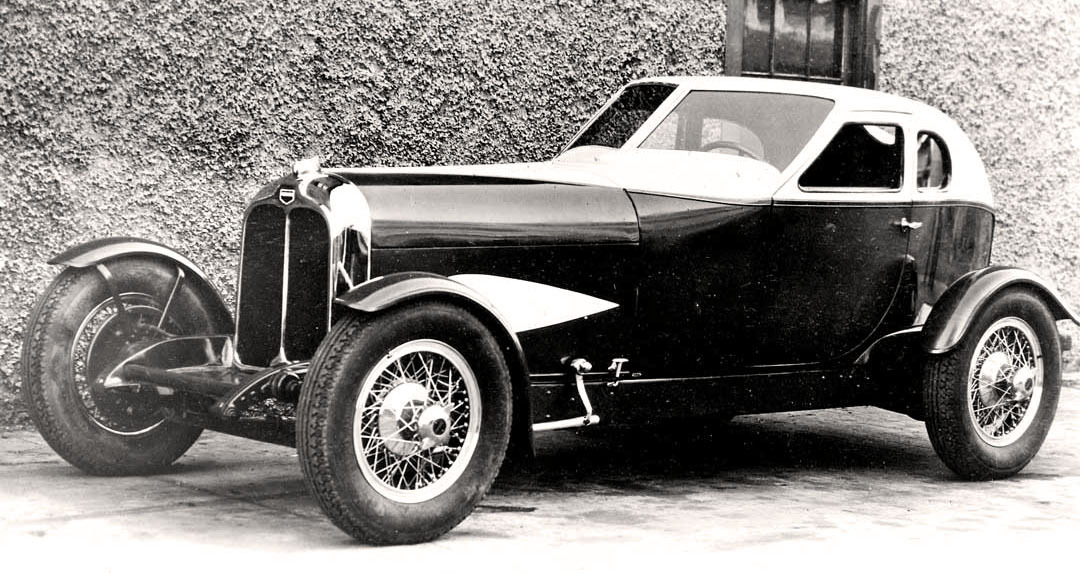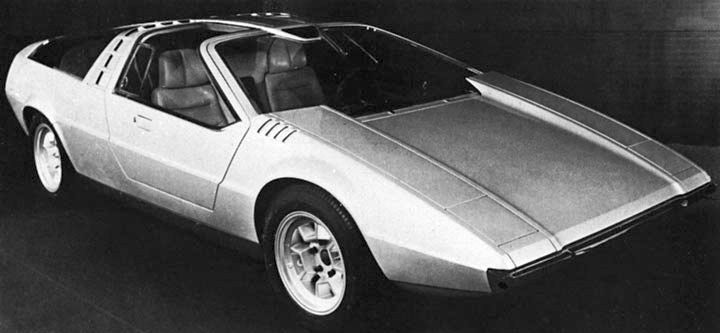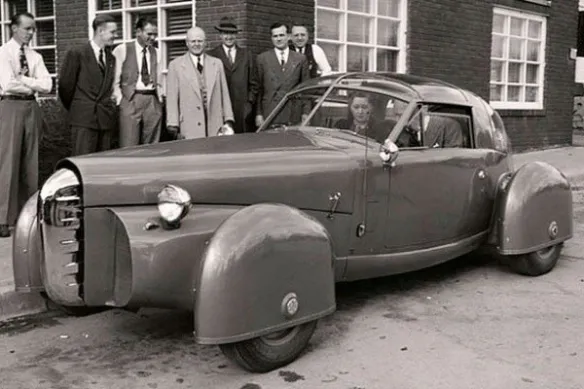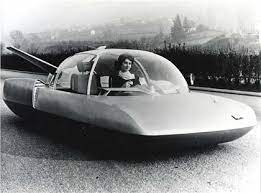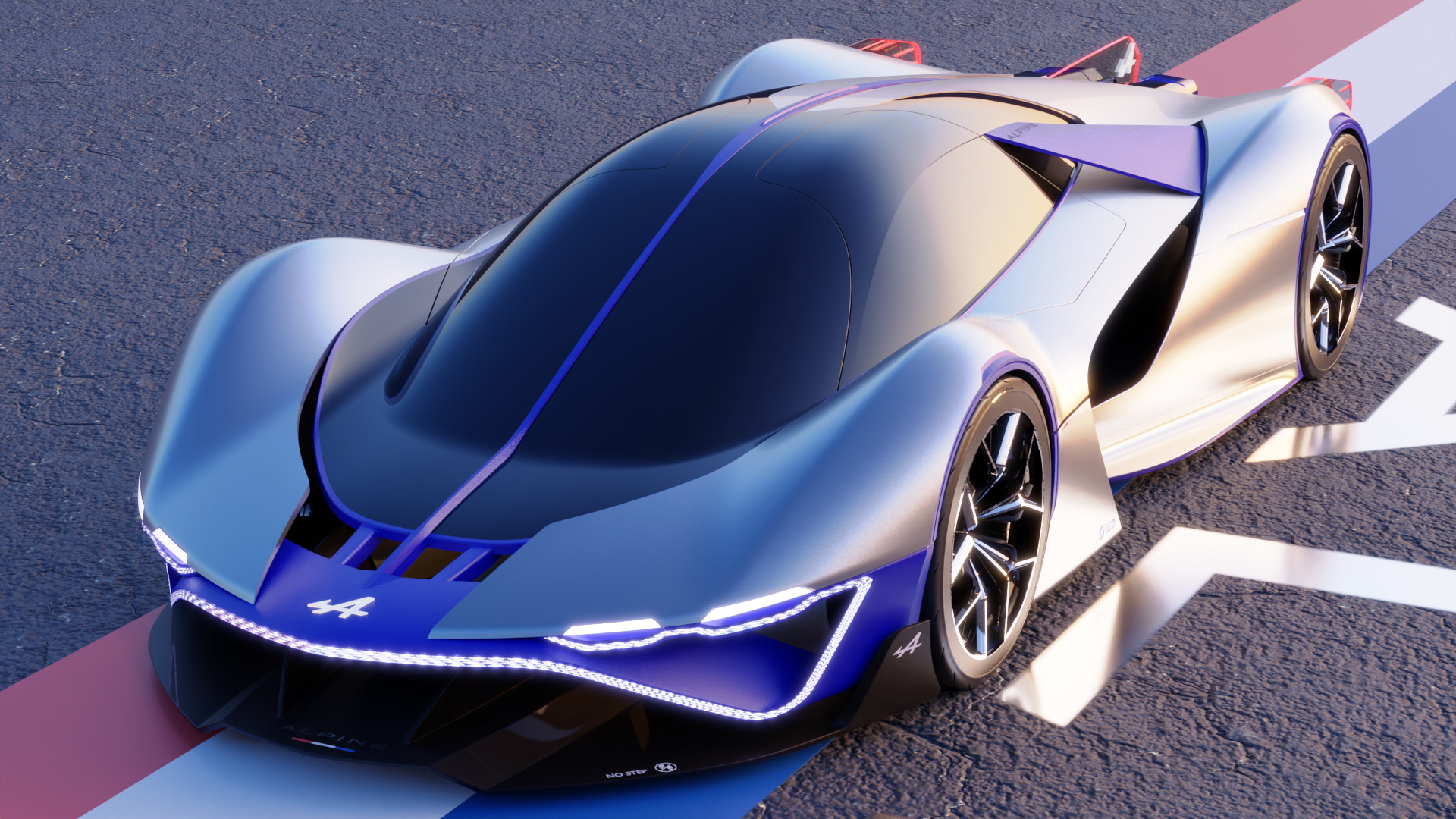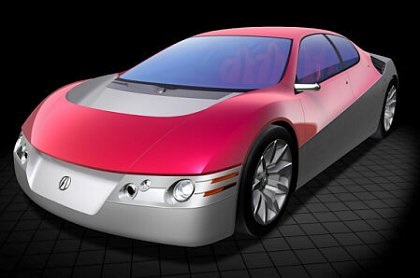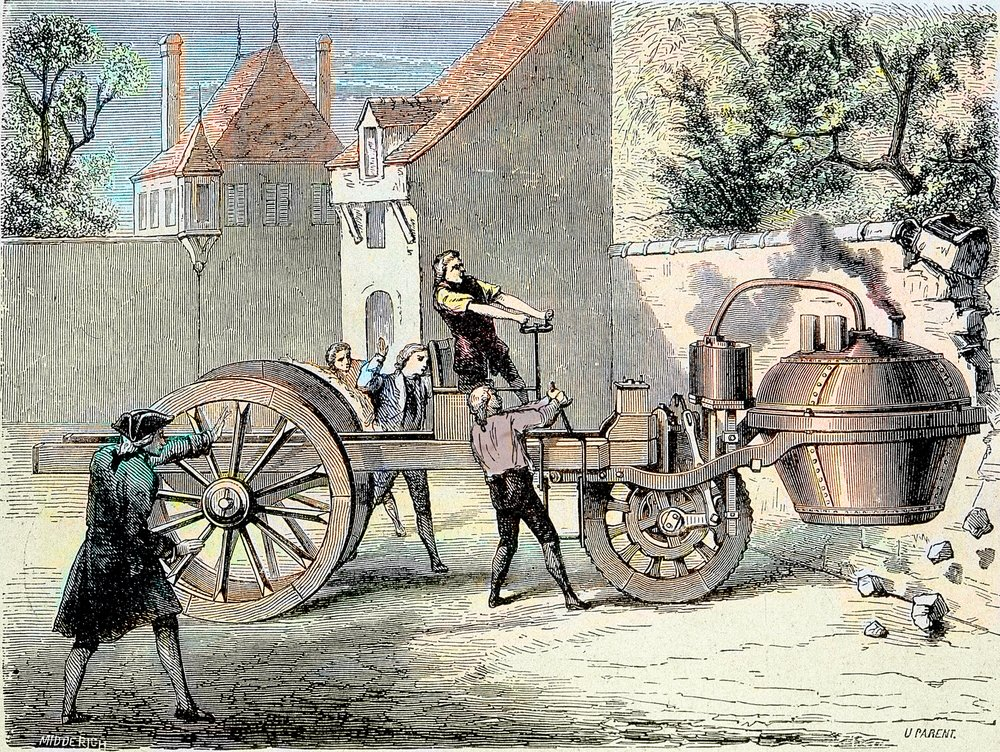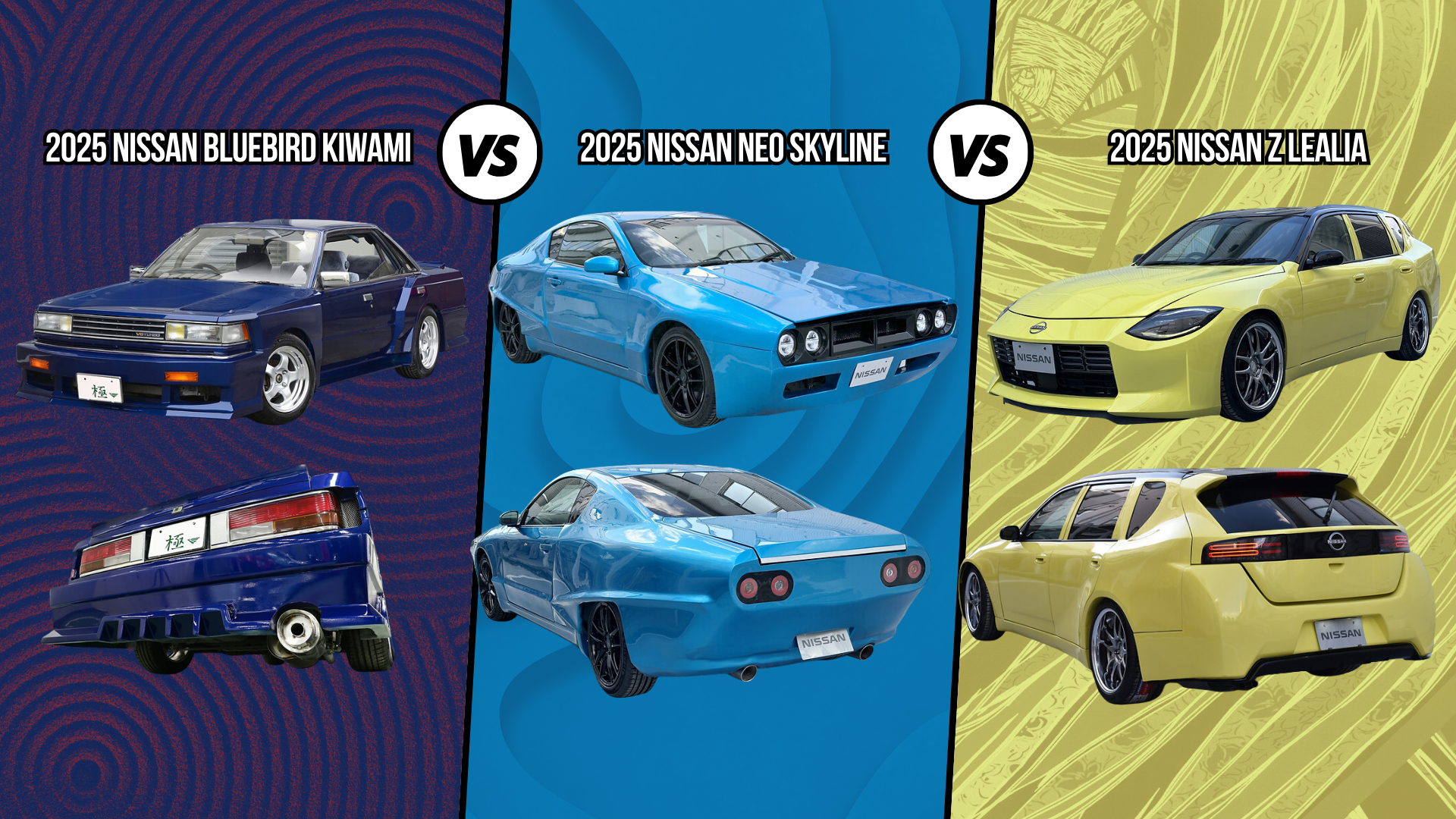The Renault Type MH 6 Roues, introduced in the early 1920s, represented a significant advancement in vehicle design, particularly for traversing challenging terrain like the Sahara desert. Here are some key features and achievements of this remarkable vehicle:
Purpose: The Type MH was specifically designed to tackle long crossings in the desert and facilitate communication between Algeria and French West Africa. Its robust construction and innovative design made it suitable for traversing rugged landscapes and crossing rivers.
Crossing of Africa: One of the most notable achievements of the Renault Type MH was its successful crossing of Africa. In July 1925, a French expedition aboard the Type MH set out from Algeria and reached Cape Town in South Africa, covering a distance of 23,000 kilometers and crossing over 35 rivers along the way.
Design and Specifications: The Type MH featured six wheels, with dual tires mounted on each hub, totaling twelve tires including one spare. Despite its gigantic dimensions, the vehicle weighed only 1,340 kilograms, making it relatively lightweight for its size. The traction was provided by the two axles at the rear, both equipped with twin tires for enhanced grip on rough terrain.
Powertrain: The Type MH was powered by a generous inline 4-cylinder engine with a displacement of 2,120cc. This engine provided ample torque and power, allowing the vehicle to maintain speeds of around 50 kilometers per hour, crucial for navigating challenging landscapes.
Transmission: The gearbox of the Type MH featured a 3-speed configuration with two positions for low gears. This transmission setup was optimized for tackling steep inclines and uneven terrain encountered during long desert crossings.
Overall, the Renault Type MH 6 Roues represented a significant milestone in automotive engineering, demonstrating the capability of specialized vehicles to overcome formidable challenges and facilitate exploration and communication across vast and rugged landscapes.
Source & Images: Renault












